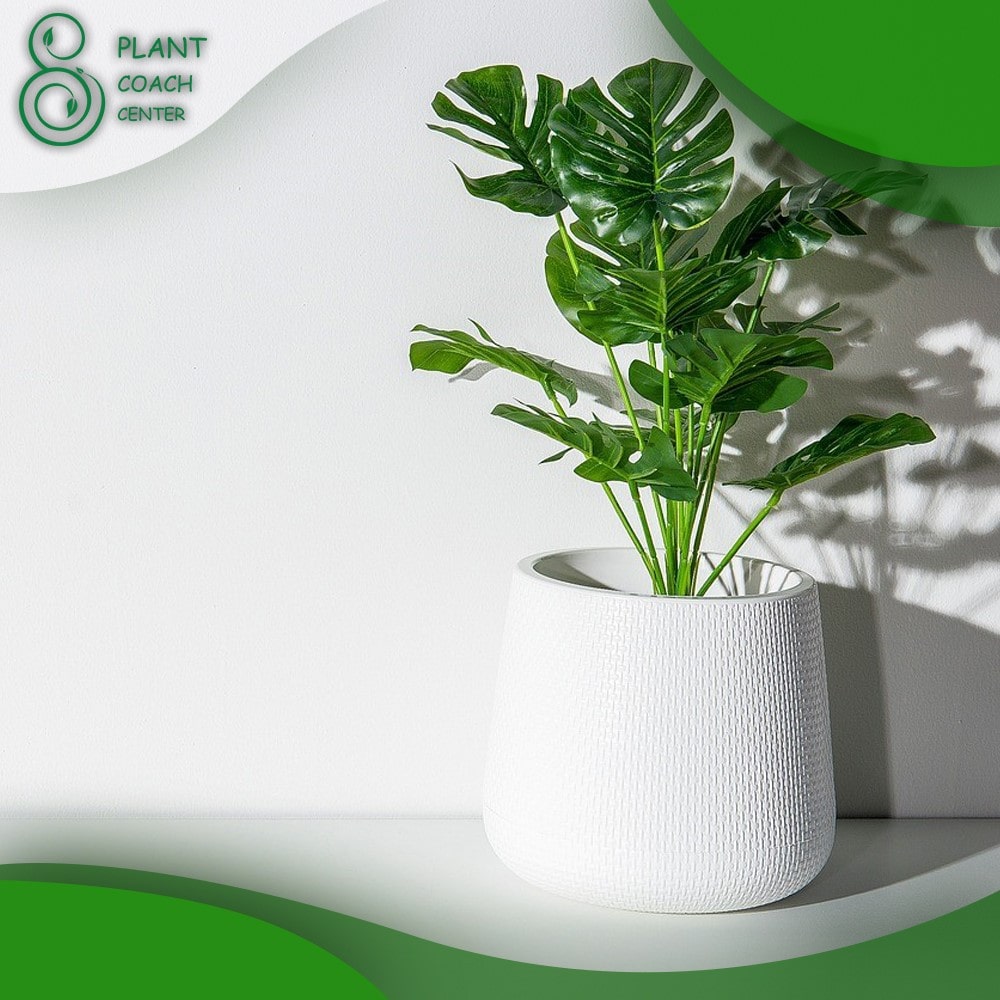When to Plant Propagated Monstera
Planting propagated Monstera is an exciting endeavor that allows you to expand your plant collection and witness the growth of these beautiful, tropical vines. Proper timing for planting is crucial to ensure the success and health of your Monstera plants.
In this comprehensive guide, we will explore the factors affecting Monstera planting, different propagation methods, the best time to plant propagated Monstera, common problems and troubleshooting, and tips for maximizing growth and care. Whether you’re a beginner or experienced plant enthusiast, this article will provide valuable insights for successful Monstera planting.
Before we dive into the details, it’s important to mention that for further resources and expert guidance on plant coaching and solutions, you can visit [PlantCoachCenter.com] (https://www.plantcoachcenter.com).
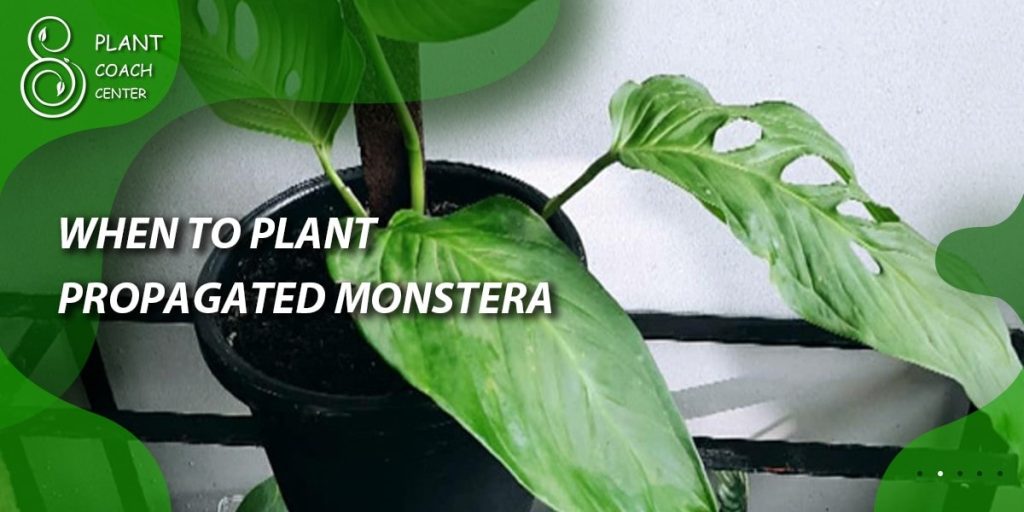
What is Propagation and Why Choose Monstera
Propagation is the process of creating new plants from existing ones, allowing you to expand your plant collection without relying solely on seeds. Monstera plants, known for their iconic, fenestrated leaves, are popular choices for propagation due to their hardiness and ease of propagation. By choosing Monstera for propagation, you can enjoy the satisfaction of watching your plant thrive and multiply.
- Overview of Plant Propagation
Plant propagation involves reproducing plants through various methods such as cuttings, division, layering, or grafting. By understanding the basics of propagation, you can successfully propagate your Monstera plants and ensure their healthy growth.
- Benefits of Propagating Monstera Plants
– Expand your plant collection quickly and cost-effectively.
– Maintain desirable traits and characteristics of the parent plant.
– Share plants with friends and family as gifts.
– Gain a deeper understanding of plant growth and development.
- Different Propagation Methods for Monstera
Water Propagation
Water propagation is a popular method for propagating Monstera plants, especially for beginners. Here’s how to do it:
– Select a healthy stem cutting with at least one node.
– Place the cutting in a jar or glass of water, ensuring the node is submerged.
– Position the cutting in a bright, indirect light location.
– Change the water every few days to prevent stagnation.
– Monitor root development and wait until roots are well-established before transitioning to soil planting.
Soil Propagation
Soil propagation is another effective method for propagating Monstera plants. Here’s a step-by-step guide:
– Prepare a well-draining potting mix suitable for Monstera plants.
– Take a stem cutting with at least one node and remove any lower leaves.
– Make a small hole in the soil and place the cutting into it.
– Gently firm the soil around the cutting to provide stability.
– Water the cutting thoroughly and place it in a location with bright, indirect light.
Air Layering
Air layering is a more advanced propagation method but can yield excellent results. Here’s how to air layer a Monstera plant:
– Select a healthy stem on the parent plant and make a small incision.
– Apply a rooting hormone to the exposed area.
– Wrap the incision with moist sphagnum moss and secure it with plastic wrap.
– Monitor the development of roots within the moss.
– Once roots have formed, carefully detach the air-layered section and plant it in well-draining soil.
What is Propagation and Why Choose Monstera
Factors Affecting Propagated Monstera Planting
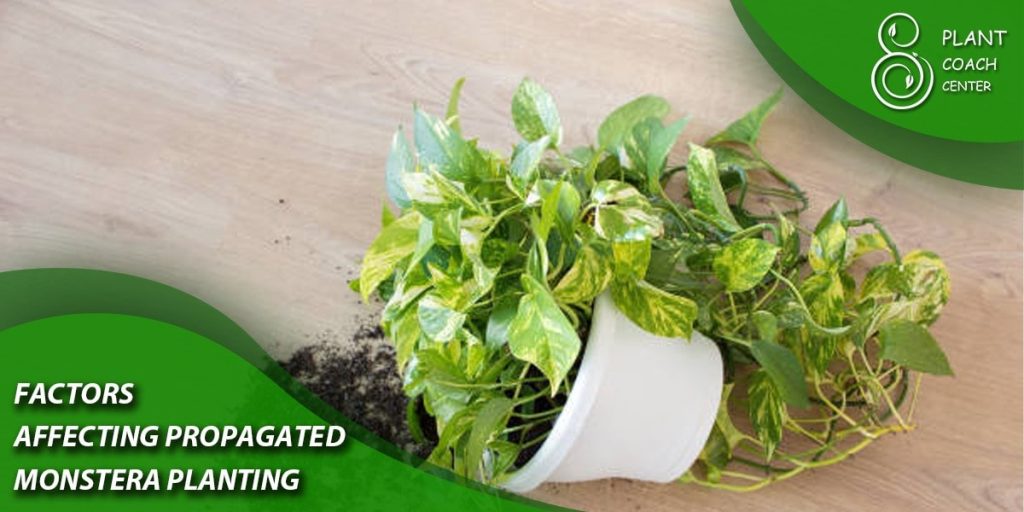
Several factors come into play when determining the optimal time for planting propagated Monstera. Understanding these factors will help you create a favorable environment for your plants to thrive.
- Climate and Seasonal Considerations
– Monstera plants prefer warm and tropical climates.
– Ensure the outdoor temperature is suitable for planting.
– Consider the specific requirements of your Monstera variety.
- Light and Temperature Requirements
– Monstera plants thrive in bright, indirect light conditions.
– Maintain a temperature range of 65-85°F (18-29°C) for optimal growth.
– Avoid exposing Monstera to direct sunlight, as it can cause leaf burn.
- Soil and Water Needs
– Use well-draining soil to prevent waterlogging and root rot.
– Allow the top inch (2.5 cm) of soil to dry out before watering.
– Adjust watering frequency based on environmental conditions and plant needs.
Best Time to Plant Propagated Monstera
The timing of planting propagated Monstera is crucial for ensuring successful establishment and growth. Consider the following factors when determining the best time to plant your propagated Monstera:
- Seasonal Considerations
Spring and Summer: These seasons are generally the best time to plant propagated Monstera. The warm temperatures and longer daylight hours provide favorable conditions for root development and growth.
Avoid Winter: Planting Monstera during winter is not recommended, especially in colder regions. Cold temperatures and reduced sunlight can hinder root establishment and overall plant health.
- Root Development Stage
Well-Established Roots: Wait until the roots of your propagated Monstera are well-developed, with a good network of healthy roots. This ensures the plant has a better chance of surviving and thriving after transplantation.
Transplanting Too Early: Planting Monstera cuttings with underdeveloped roots may result in transplant shock or slow growth. Give your cuttings ample time to establish a strong root system before moving them to a permanent pot or outdoor location.
- Indoor vs. Outdoor Planting
Indoor Planting: You can plant propagated Monstera indoors at any time of the year. Ensure the indoor environment provides adequate light, temperature, and humidity to support the plant’s growth.
Outdoor Planting: If you plan to move your propagated Monstera outdoors, it’s best to wait until the risk of frost has passed and the weather is consistently warm. This is usually during the spring or early summer, depending on your regional climate.

Common Problems and Troubleshooting
While propagating Monstera can be a rewarding experience, it’s essential to be aware of potential problems that may arise during the process. Here are some common issues and troubleshooting tips:
- Root Rot
– Overwatering or using poorly draining soil can lead to root rot in Monstera plants.
– Ensure the potting mix is well-draining, and only water when the top inch of soil is dry.
– Adjust your watering frequency and reduce the amount of water given if signs of root rot, such as yellowing leaves or a foul odor, are observed.
- Fungal Infections
– Monstera plants are susceptible to fungal infections, which can cause leaf spots or stem rot.
– Maintain proper air circulation around your plants and avoid overcrowding.
– Remove any infected leaves or stems promptly to prevent the spread of the fungus.
- Pests
– Common pests that can affect Monstera plants include spider mites, mealybugs, and scale insects.
– Regularly inspect your plants for signs of pests, such as webbing, sticky residue, or visible insects.
– Treat infested plants with appropriate organic or chemical insecticides, following the instructions carefully.
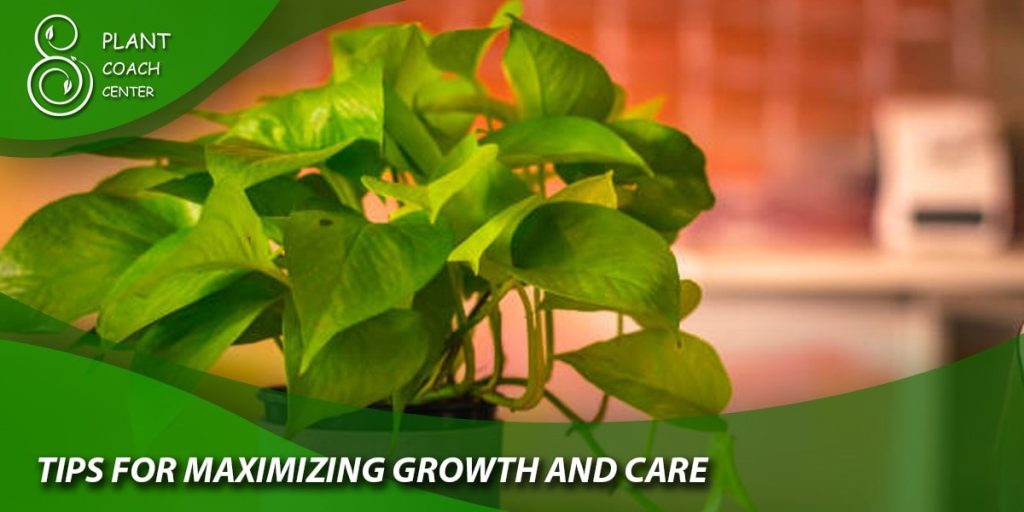
Tips for Maximizing Growth and Care
To ensure your propagated Monstera plants thrive and reach their full potential, consider the following tips for maximizing growth and care:
- Provide Sufficient Light
– Monstera plants thrive in bright, indirect light. Place them near a window with filtered sunlight or use artificial grow lights if natural light is limited.
- Maintain Optimal Temperature and Humidity
– Aim for a temperature range of 65-85°F (18-29°C) to promote healthy growth.
– Monstera plants appreciate moderate to high humidity levels. Consider using a humidifier or placing a tray of water near the plants to increase humidity.
- Fertilize Regularly
– Feed your propagated Monstera plants with a balanced, water-soluble fertilizer during the growing season.
– Follow the instructions on the fertilizer package and avoid overfertilizing, which can lead to nutrient burn.
- Prune and Train
– Regularly prune your Monstera plants to maintain their desired shape and promote bushier growth.
– Train vines by attaching them to stakes or trellises, helping the plant climb and develop its characteristic fenestrated leaves.
- Monitor for Signs of Disease or Stress
– Regularly inspect your plants for any signs of disease, stress, or nutrient deficiencies.
– Address any issues promptly by adjusting care practices or seeking appropriate treatment.
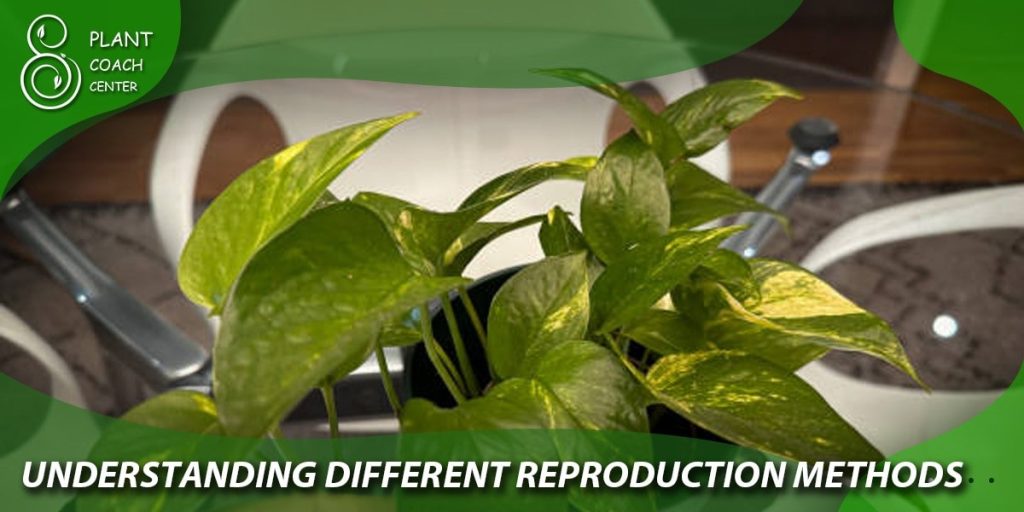
Conclusion
propagating Monstera plants can be a rewarding and enjoyable experience. By understanding the different propagation methods, considering the optimal planting time, and providing proper care, you can successfully grow and expand your Monstera collection.
Remember to monitor your plants, address any problems promptly, and enjoy the beauty of these tropical vines. For further resources and expert guidance on plant coaching, you can reach out to local horticulturists or plant nurseries for personalized advice. Happy propagating!


